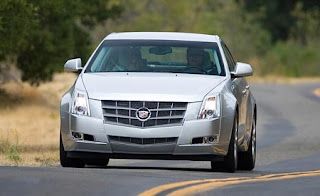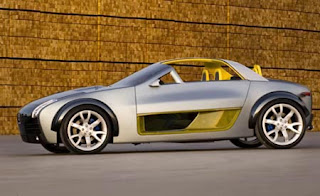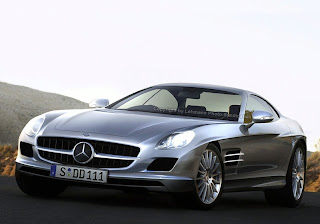
This second-gen CTS conclusively fulfills General Motors’ goal of turning Cadillac into a world-class luxury competitor. It does so by building on the strengths of the first CTS, while addressing its shortcomings. From the outside, you’ll still recognize Cadillac’s sharp-edged, wedgy styling, but the new version has a more muscular stance, greater detail refinement, and eye-grabbing features such as the enlarged grille and the front fender vents. Inside, the black plastic has been replaced by luxurious appointments that look and feel as upmarket as anything in the segment.
The Sigma platform and its all-independent suspension benefit from six years of development to deliver an excellent combination of handling, ride, and fine responsiveness. Motivation comes from GM’s 3.6-liter twin-cam 24-valve V-6, which is available in port-injected 263 horsepower and a new, 304-hp direct-injection version. Either can be coupled to a six-speed manual or a refined six-speed automatic with manual override.
The result is a ride that is easy on the eyes, comfortable on your backside, exciting to drive, and competitive with the best from Europe.
VEHICLE TYPE: front-engine, rear- or 4-wheel-drive, 5-passenger, 4-door sedan
BASE PRICE: $32,990
ENGINE TYPE: DOHC 24-valve 3.6-liter V-6Power (SAE net): 263–304 bhpTorque (SAE net): 253–273 lb-ft
TRANSMISSIONS: 6-speed auto with manumatic shifting, 6-speed manual
DIMENSIONS:Wheelbase: 113.4 inLength: 191.6 inWidth: 72.5 inHeight: 58.0 inCurb weight: 3900–4050 lb
FUEL ECONOMY:EPA city driving: 17–18 mpg











